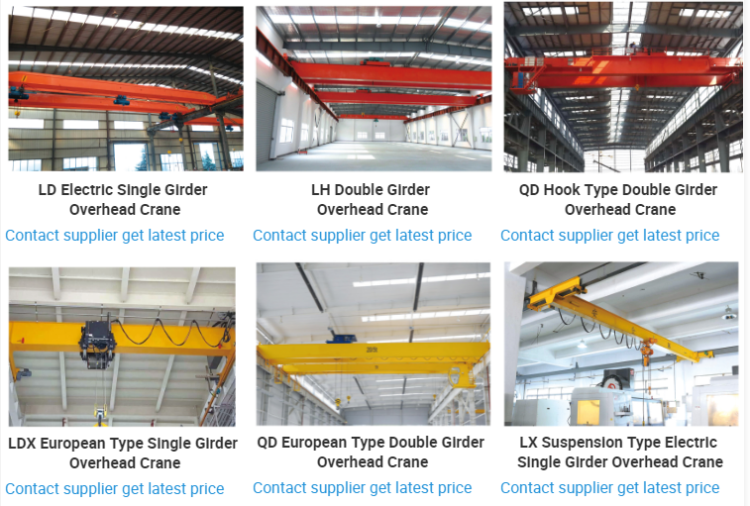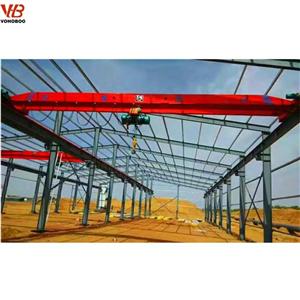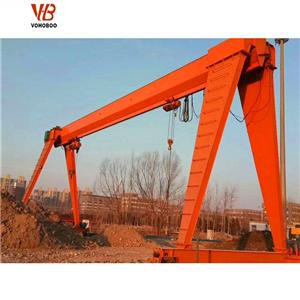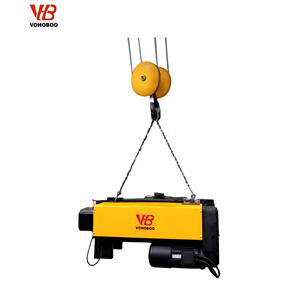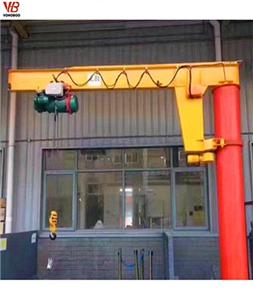Analysis of Difficulties in Inspection of Electric Single Girder Crane
Due to the high lifting height of the electric single-girder crane, insufficient light, high noise, harsh environment, strong corrosiveness, and no overhaul platform (fixed or mobile) and other on-site conditions, the inspectors may have part of the inspection. The inconvenient or inadequate inspection of the project has not only become a difficult point in inspection, but also a hidden danger of electric single-beam crane accidents.
Defects of the metal structure of the whole machine: Not all parts of the metal structure of the crane are mechanically dangerous sections or dangerous points, but the bad parts have cracks due to the combined effect of welding and working stress. In particular, under the repeated action of alternating stress on the main girder web and the welded seam of the modified plate, after a certain number of cycles, cracks are generated in the stress concentration position, and continue to expand under certain conditions, knowing that it suddenly fractures. However, due to the limitations of site conditions and inspection methods, it is not convenient for ground inspectors to inspect the project.
The fixing situation of the end of the wire rope and the situation of the fixed end of the wire rope: One end of the wire rope of the electric hoist is usually fixed on the drum with a pressure plate, but due to site conditions, ground inspectors cannot check the tightness of the fixed pressure plate. The other end of the wire rope of the electric hoist usually adopts the deformation and wear of the wedge itself on the outside of the drum, as well as whether there are cracks and looseness, which are not convenient for the ground inspector to inspect. At the same time, it is not convenient for ground inspectors to inspect the broken wires, wear and corrosion of the wire rope at the two fixed ends of the wire rope.
The gap between the inner side of the wheel flange of the electric hoist and the edge of the lower flange of the I-steel track: During the use of the electric hoist, due to the wear of the wheel flange and wheel tread, the gap between the wheel and the I-steel track gradually increases. If the gap cannot be adjusted in time, the wheels of the electric hoist may break away from the I-beam and cause the hoist to fall.
Defects of electric hoist drum, electrical circuit insulation resistance to ground, crane running track and other items: Due to the limitation of site conditions, inspectors cannot reach the corresponding location for inspection and measurement of related items, which leads to related inspection items that are not in place. Or missed inspection.
